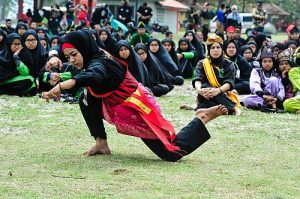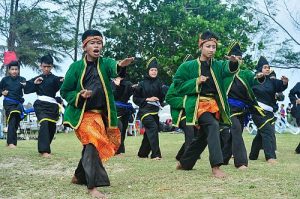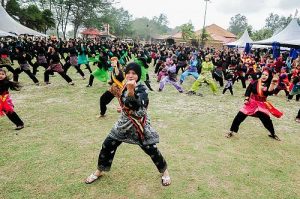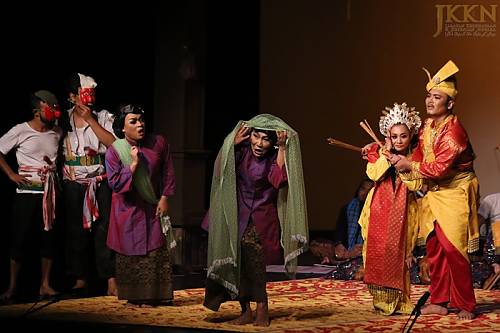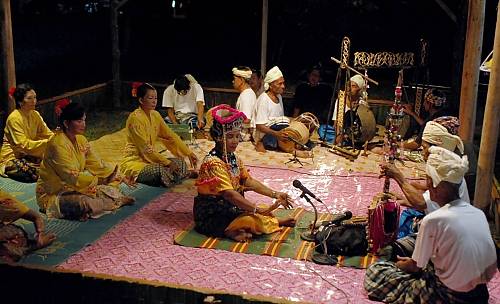Inscribed in 2019
Silat is a combative art of self-defence and survival rooted in the Malay Archipelago. Traced back to the early days of the Langkasuka Kingdom, Silat has evolved into a fine practice of physical and spiritual training also encompassing traditional Malay attire, Silat musical instruments and customs. There are many styles of Silat, inspired by the movements of human anatomy, nature and animals. For example, Silat Harimau involves an aesthetic rhythmic motion imitating the art of self-defence and attack of the tiger. In Malaysia alone, there are more than 150 known Silat styles whose names derive from natural elements such as animals and plants. Originally, Malay Silat was practised by warriors – as noble enforcers of justice – but nowadays practitioners consist of masters, gurus, teachers and students, who are responsible for maintaining the practice. Training sessions usually take place in the evening or at night in an open space such as a courtyard, led by the Master and ‘Jurukaka’. A large number of practitioners have been trained and nurtured, and an increasing number of training centres have been established in various regions. With this accelerated dissemination, the practice has increasingly transcended its status as a martial art to become a performing art; consequently, it is now a popular sport for health and leisure.
